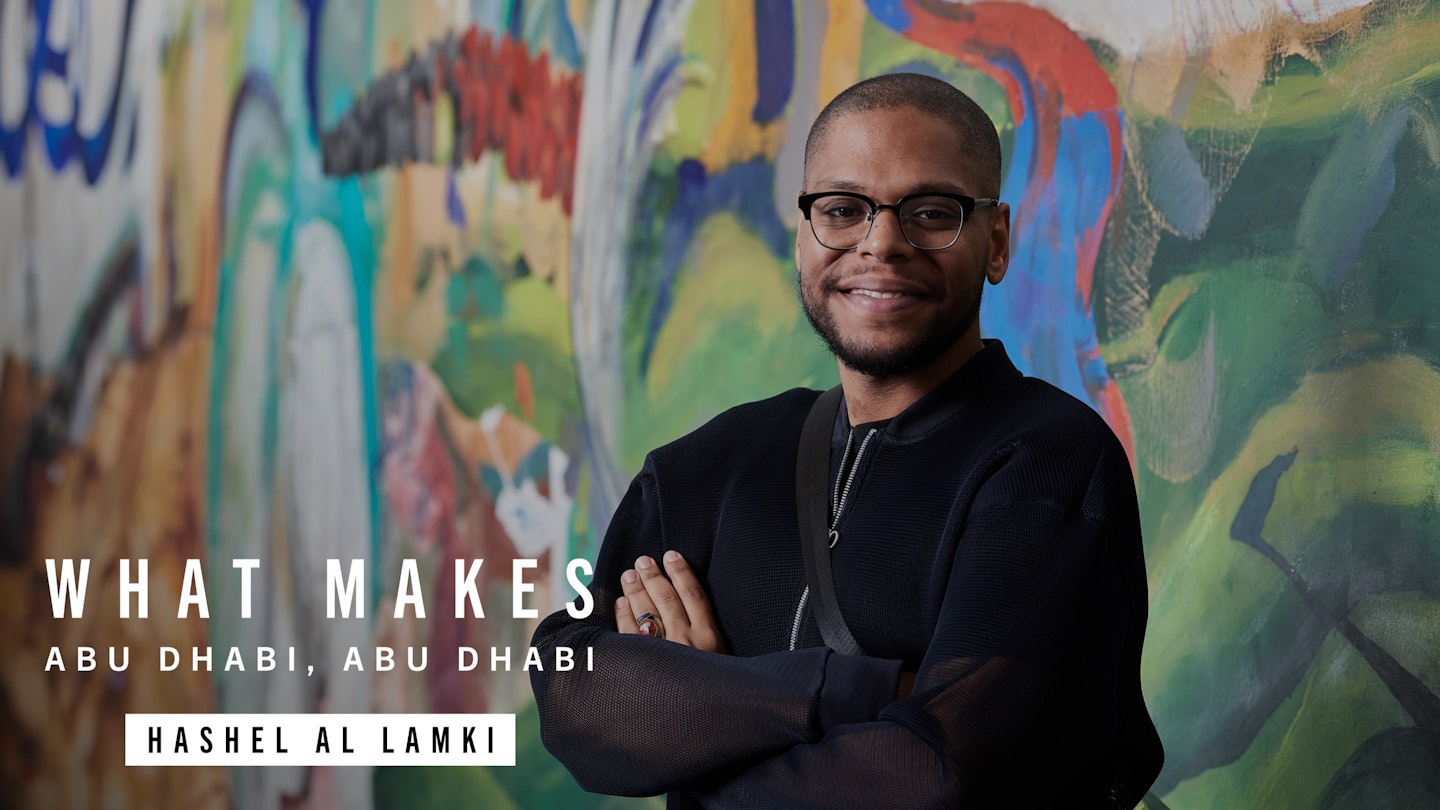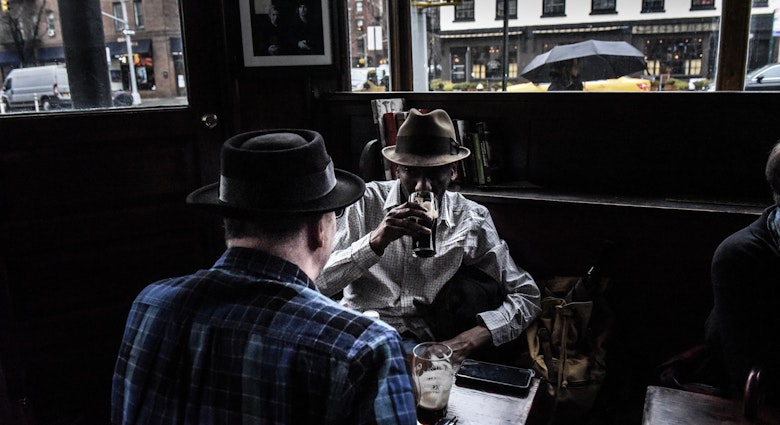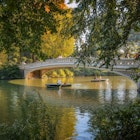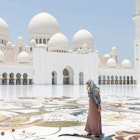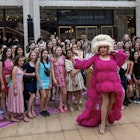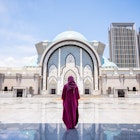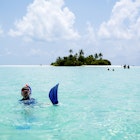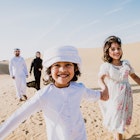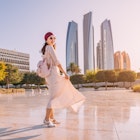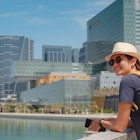A confluence of old world and new, the cultural landscape of the United Arab Emirates has seen a seismic shift since its formation in 1971. The seat of such change is Abu Dhabi, where arts initiatives in recent decades have earned the capital credence as a creative heavyweight on the global scale with its numerous galleries, institutions and events.
Abu Dhabi’s ever-burgeoning scene is being shaped by residents like Hashel Al Lamki, an award-winning painter and multi-disciplinary artist whose works convey the legacies of the landscapes that surround him, from his verdant hometown of Al Ain – where he was born and raised until the age of 10 – and beyond. After receiving a BFA from Parsons School of Design at The New School in New York City, where he was based for seven years, Hashel spent significant time in Amsterdam, Haiti, Guatemala, Baltimore and Taos, New Mexico for residencies, scholarships, philanthropic projects and fellowships before returning home to Abu Dhabi.
Through his compositions and sculptural creations, Hashel keeps an eye toward the future – one he’s actively working to construct, by collaborating with Abu Dhabi creatives across mediums and disciplines. We talked with him about building a blossoming art community from the ground up, finding our common humanity through creativity, and the lifeblood that animates Abu Dhabi’s artistic heartbeat.
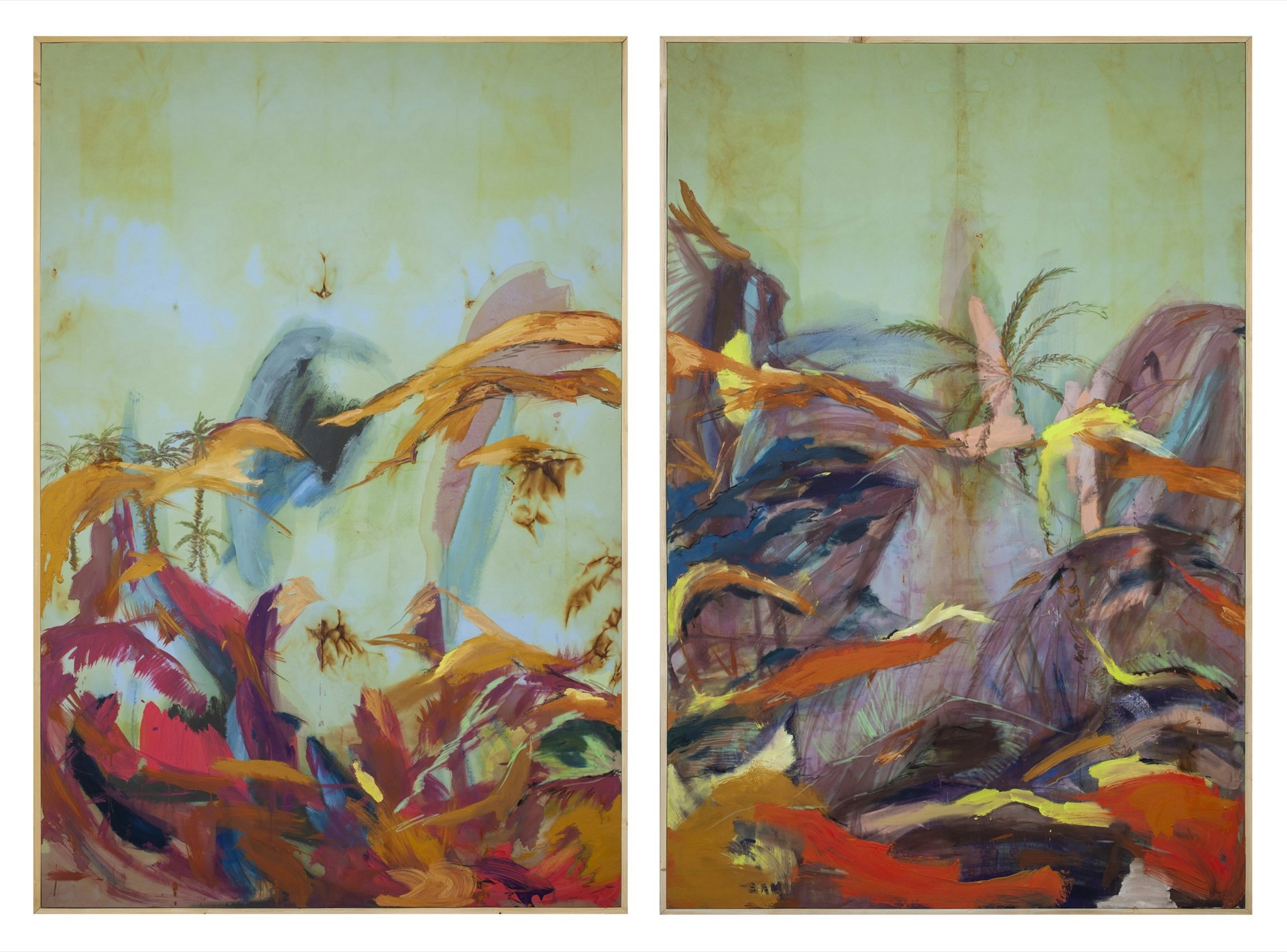
When did your journey with art begin?
Very early on, I knew this was going to be the path. It started with drawing and painting on the walls as a child. We later added an extension to our house, and I ended up claiming it as my studio. It wasn’t a conscious decision at the time; I would just come straight home from school to the space and start making things. I came into this world pre-configured this way – creating art is the thing I was always meant to do. Every now and then, I still get moments of affirmation, and I’m continuing to explore them.
How did that foundation shape you into the artist you are today?
There were no universities with art programs here, so I moved to New York City to study at Parsons. I was able to dabble in different departments for elective courses, and two I still heavily refer to were Natural Dyeing, and Nature, Culture and Design. They expanded on natural pigments that are available from the earth, which really influenced the process of creating my own paints to work with.
What did that do to inform your creative practice?
I still had all the classic training, but there is an aspect of sustainability and being in touch with Mother Earth that is part of my narrative in my paintings, and the historical approach I take through incorporating textiles beyond canvas and working on different mediums with natural pigments.
When I came back to Abu Dhabi, my practice further developed to explore how pigments respond to different surfaces and the interplay between organic materials. I look at things like traditional tents – textiles are an element of architecture in our history here, so I’m revisiting that – and burial cloth, used in the process of preparing to depart for the next chapter, and using those as canvases.
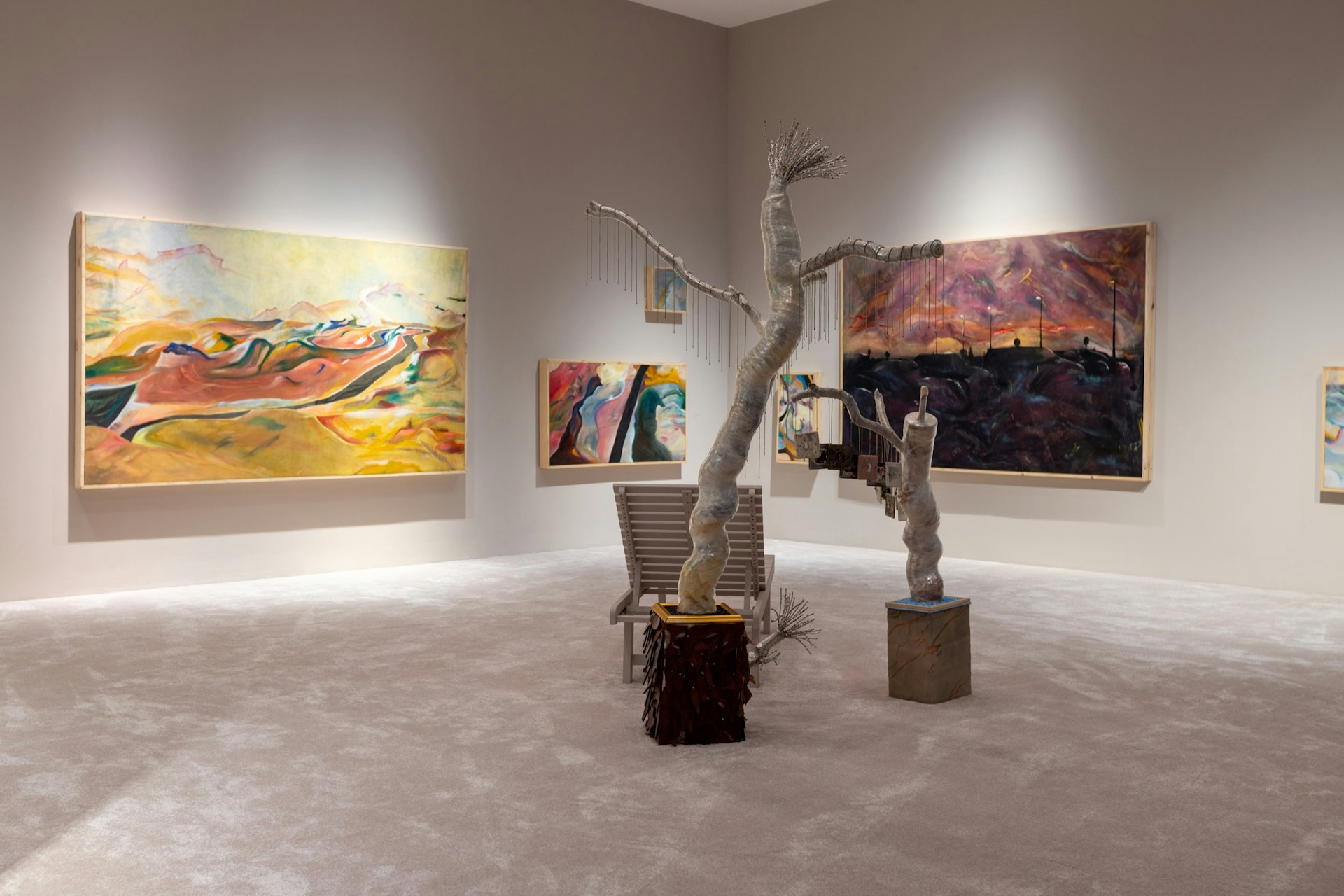
When you returned to Abu Dhabi, what else did you bring back with you?
A lot of good stuff! I’m so grateful for that fundamental chapter in my life. The major takeaway was the community aspect – I still try to cultivate that through a collective I started with other local artists about four years ago. As an artist, you need to operate in some sort of holistic atmosphere where you connect with others to exchange ideas, because it’s dangerous when you’re just stuck in your head and not getting any feedback from your peers.
Where do you find creative inspiration?
I refer a lot to my hometown of Al Ain. As an adult, I realized that the city where I first developed my senses is a crucial anchor for me. It’s a source I regularly return to. Even though it’s a small oasis, there is so much to learn about nature. The mountain, Jebel Hafit, often appears as the main character in my work. Going back there and recalling my memories of childhood, and places where my family would gather – these are my greatest sources of inspiration.
How does that influence your involvement in the wider community?
I had a professor who said that in order to understand the big picture, you have to break it down and use it as a patch. What I’m doing is micro-zooming into Al Ain as an example for humanity, and from there, reflecting those concepts back to the world. So, in a way, it’s very personal. But … it’s also really relatable when you look at the themes of movement and migration (both of humans and of other species; our relationship with nature is inextricable). It’s always inspiring to see these patterns that are shaping our experiences as the human race.

How would you describe the art scene in Abu Dhabi – and what can people do to experience it?
It’s shaping in a very progressive way. Before I left for university in 2007, we didn’t have many art programs, museums or institutions beyond the Abu Dhabi Cultural Foundation. Today we have Louvre Abu Dhabi, Warehouse 421, the arts centre and gallery at NYU Abu Dhabi. Several new museums are opening in the next few years, including Guggenheim Abu Dhabi, Zayed National Museum, the Natural History Museum, and a maritime museum.
Abu Dhabi Art holds an annual art fair, which will have its 14th edition this November. People come from abroad and locally to Manarat Al Saadiyat, a unique cultural center and public space where the fair takes place. It’s an important event in the city’s artistic landscape, and there are also regular shows that happen throughout the year.
What are some ways creativity manifests in the city – overtly, and more subtly?
It’s all evident in what we’ve done over the last 50 years. The UAE is such a young country – from the outset, the focus has been on creating infrastructure, like building homes, schools and hospitals. Now is the time for the culture to actually grow and thrive.
Right now there is a huge project that’s developing artists’ studios on the port, and there are many galleries, cafes, art hotels and workshops. One thing that might be perceived as a constraint is that some people are very private in their nature. So there are hidden pockets of artists who are just working on the down-low and not trying to be seen or known. You often need to know someone who can connect you for a private studio visit. So, there is a balance of both.
In Abu Dhabi, how do artists and creatives flourish?
There is a lot of support from different organizations who nurture artists, and the economic possibilities are so fluid. When I lived in New York, it sometimes felt hard to be part of a bigger community – so I also think it’s important to be part of something that’s slowly shaping itself, versus somewhere fully saturated where everyone’s competing for the same opportunities. As an artist here, you can find bigger spaces and collaborate with lots of craftspeople and technicians.
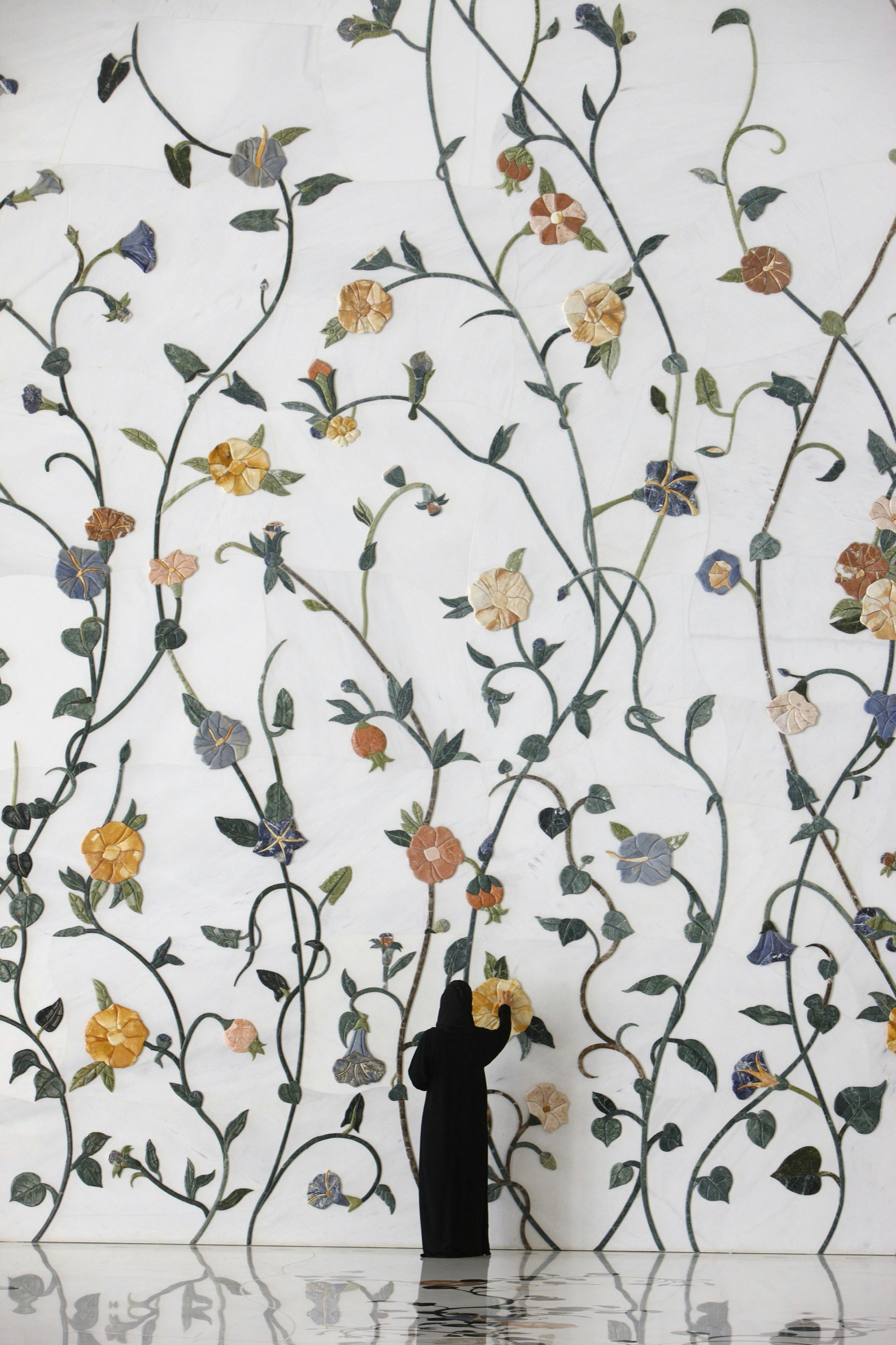
How do the locals feel about art?
Things are progressing when it comes to public perception of what art means and why it is important. As the scene takes shape, more people are becoming committed to it because they see its value. We have so many diverse people representing different perspectives and backgrounds. We’re generating a voice here that’s contributing to the bigger image, and trying to tell a genuine story rather than one that’s been imposed on this region.
Tell us something unexpected about Abu Dhabi.
The emirate has a vast terrain from east to west. It shifts completely, from a more mountainous and fossilized topography in the east where I’m from, to the west where there are more sandy dunes that get shaped over time. If we look at that stretch of nature, it’s very interesting to see the contrast between one side and another.
Downtown Abu Dhabi was initially built in the modernist or international style, so its urban fabric of a grid street pattern resembles New York City – and it’s an island as well. It feels similar to walking from one block to another, among major avenues in Manhattan, so there’s an ease of mobility and movement around the city. On the other side is the beach and resorts, and where you’ll find all the museums. It’s a very nice place to escape from the bustle, and it’s all close together.
What makes Abu Dhabi special?
It’s super safe and very diverse – we have more than 200 nationalities with different sets of beliefs and religions, which shows the harmony of the city and how it enables so many people from different cultural backgrounds, who all have something unique to offer, to come together.
I live in Al Zahiyah, and within a two minute walk, I can find food from so many different cuisines – everything from Indian, Chinese and Peruvian to Japanese or Egyptian – all within a short distance. It’s fascinating how different it is now compared to when I was a child. It shows a lot of potential for growth and what’s possible for the future. We are progressing forward.
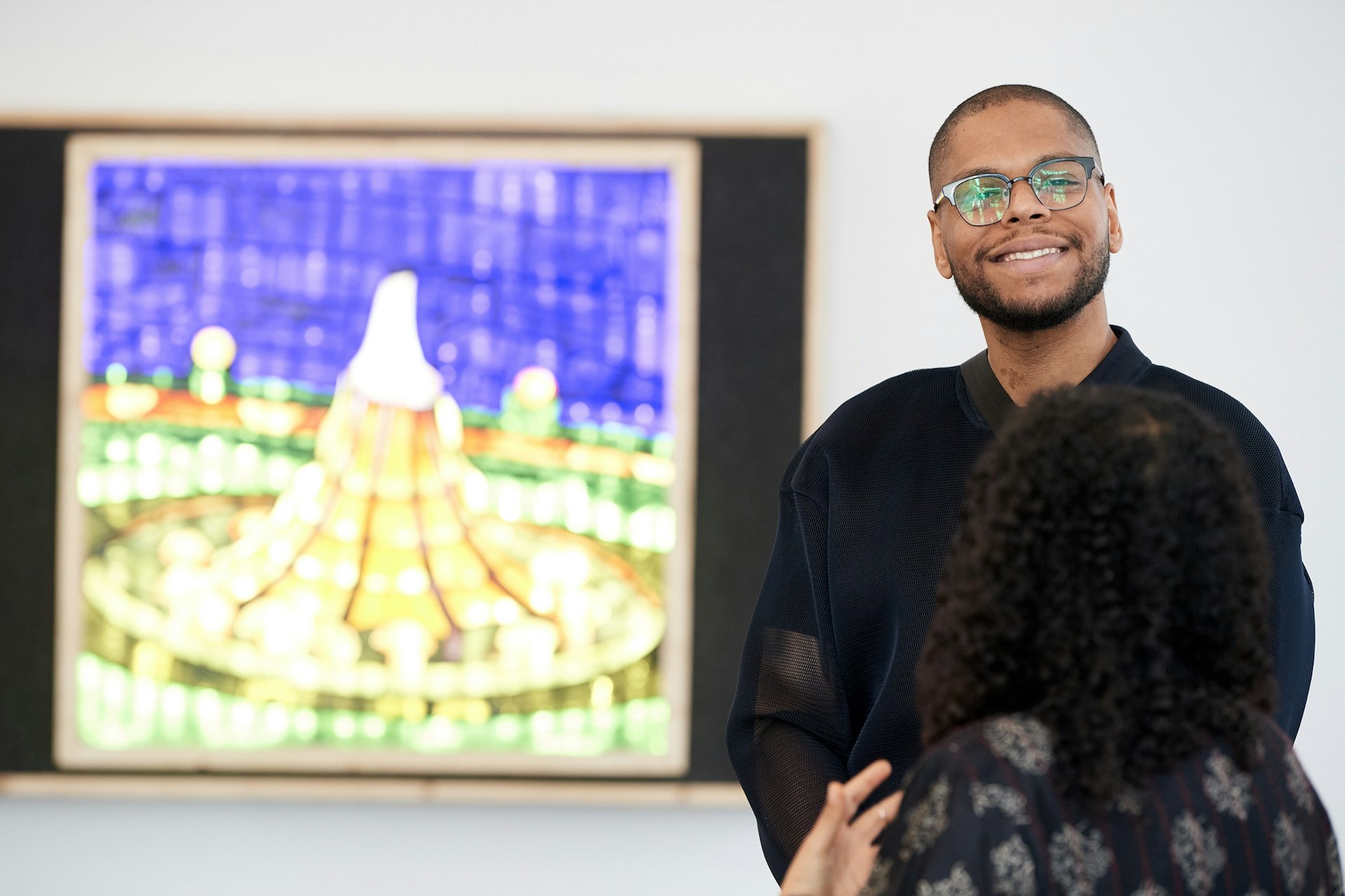
How can art change the world?
It’s already happening. When you look at the history of art today – from the cave, to the first attempt to create a print, to religious depictions influenced by the church and portrayals of royal families, to the white cube and conceptual art – all of that shows it’s happening. It’s one way to look at the history of art; but also, it’s just the Western version of history.
What’s important is that people from our region develop art and write about it – and then that becomes a new history of humanity. If we just stick to one single version of history, we’re not enabling diversity. That’s the role creatives should have, to produce work locally, and from there we can create space on international platforms. Art is always shaping our lives. It’s the foundation.
This article has been edited for length and clarity
